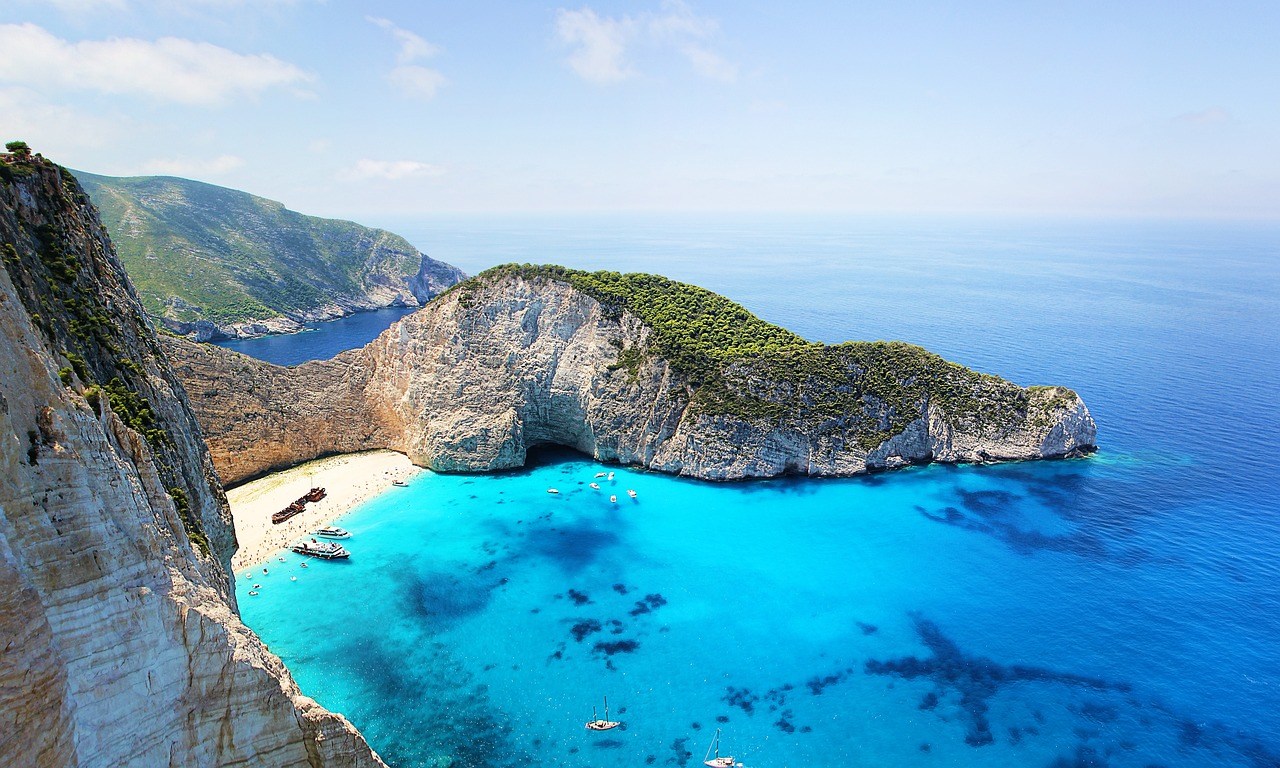Crete weather is a topic of much interest to tourists and locals alike. The Mediterranean island of Crete, located in the eastern part of the Aegean Sea, is known for its mild climate and beautiful beaches. The weather in Crete is influenced by its location in the Mediterranean basin and its mountainous terrain. The island is divided into four regions: Chania, Rethymno, Heraklion, and Lassithi, each with its own unique weather patterns.
In general, the weather in Crete is characterized by mild winters and hot summers. The island has an average annual temperature of around 21 °C (70 °F), with the warmest months being July and August when temperatures can reach up to 35 °C (95 °F). The mild winters, with temperatures averaging around 12 °C (54 °F), make Crete a popular destination for winter sun.
The island also experiences a significant amount of rainfall, with the wettest months being November and December. The average annual rainfall is around 600mm, with the mountainous regions receiving the most rain. Despite the rainfall, the island is blessed with many sunny days, with an average of around 300 sunny days per year.
The weather in Crete can vary depending on the region. The western part of the island, around Chania, has a milder climate compared to the eastern part, around Heraklion. The mountainous regions also experience cooler temperatures and more rainfall than the coastal regions.
| Month | Low (°C) | High (°C) | Low (°F) | High (°F) | Rain (%) |
|---|---|---|---|---|---|
| January | 8 | 16 | 46 | 61 | 80 |
| February | 8 | 17 | 46 | 63 | 70 |
| March | 9 | 19 | 48 | 66 | 60 |
| April | 11 | 22 | 52 | 72 | 50 |
| May | 14 | 25 | 57 | 77 | 40 |
| June | 17 | 29 | 63 | 84 | 30 |
| July | 20 | 32 | 68 | 90 | 20 |
| August | 20 | 33 | 68 | 91 | 10 |
| September | 18 | 30 | 64 | 86 | 20 |
| October | 15 | 26 | 59 | 79 | 30 |
| November | 11 | 22 | 52 | 72 | 50 |
| December | 9 | 18 | 48 | 64 | 60 |
When it comes to the best time to visit Crete, it largely depends on what kind of holiday you are looking for. If you’re looking for hot weather and long days at the beach, then the summer months of June to August are the best time to visit. The sea is warm, the beaches are beautiful and the island is bustling with tourists. However, it should be noted that these months can also be quite crowded and hotel prices may be higher.
If you’re looking for a more relaxed holiday, then the spring and autumn months of April to May and September to October are ideal. The weather is still warm and pleasant, with fewer tourists and lower hotel prices. This is also a great time to explore the island’s many historical sites and natural beauty.
For those looking for a winter sun holiday, the months of November to February are ideal. Although it can be quite chilly in the evenings, the days are still warm and sunny, making it perfect for exploring the island and enjoying its many outdoor activities.
For hikers and nature lovers, the best time to visit Crete is in the Spring, where you’ll find the island’s many trails and gorges lush and green. The island is home to many endemic species of plants and animals, making it a haven for nature enthusiasts.
For those interested in the island’s rich cultural heritage, the best time to visit is during the summer when many festivals and cultural events take place. The island is home to many ancient Minoan sites and a rich tradition of folk music and dance, making it a fascinating destination for history and culture buffs.
In conclusion, the best time to visit Crete depends on your interests and what you’re looking for in a holiday. The island has something to offer all year round, from hot summers to mild winters, and from rich cultural heritage to beautiful natural landscapes. Whether you’re looking for a relaxing beach holiday or an adventure-filled trip, Crete is a destination that has it all.



